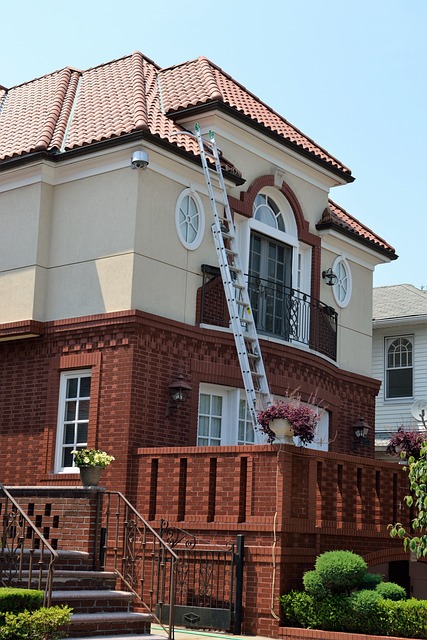Evaluating a property's exterior integrity is crucial in real estate assessments, focusing on structural and mechanical soundness. This involves inspecting walls, floors, ceilings, rooflines, foundations, and external support systems for damage or deterioration. Key checks include foundation cracks, proper window/door sealing, and fixtures like chimneys, gutters, and downspouts. Meticulous reviews uncover potential issues, preventing costly future repairs and helping buyers/managers make informed decisions in the real estate market. Regular inspections detect structural damage early, enabling prompt repairs and preserving property value.
In the real estate market, identifying structural or mechanical problems is paramount for investors and homeowners alike. This comprehensive guide navigates the process of assessing a property’s integrity from top to bottom. From examining exterior walls, roofs, and windows for damage, to delving into interior systems, including HVAC, plumbing, and electrical components, we provide essential tips. We also highlight advanced techniques like moisture testing and laser scanning to detect foundation issues and subtle structural anomalies. By mastering these skills, you’ll be well-equipped to make informed decisions in the world of real estate.
Assessing Exterior Integrity

When assessing a property in real estate for structural or mechanical problems, evaluating the exterior integrity is a crucial step. This involves meticulously inspecting the building’s outer shell to identify any signs of damage, deterioration, or misalignment. From rooflines and siding to foundations and exterior support systems, every element contributes to the overall stability and safety of the structure.
Key aspects include checking for cracks in walls, floors, or ceilings that could indicate foundation issues; inspecting windows and doors for proper sealing and operability; and assessing the condition of external fixtures such as chimneys, gutters, and downspouts. By paying close attention to these details, potential buyers or property managers can uncover red flags early on, preventing more serious—and costly—problems in the future.
– Inspecting exterior walls, roofs, and windows

When assessing a property for potential structural or mechanical issues in real estate, a thorough inspection of the exterior elements is paramount. Begin by examining the walls, looking for any signs of damage, cracks, or unevenness. These could indicate foundation problems or poor construction, both significant red flags. Pay close attention to corners and joints, as they often reveal stress points in a building’s structure.
Additionally, check the roofs for missing or damaged shingles, which might suggest water intrusion and subsequent structural damage. Look for signs of leaks, especially around windows and doors, as these areas are common entry points for moisture. Inspecting windows is also crucial; ensure they open and close smoothly, seal properly, and are free from any warping or rot, all of which can compromise energy efficiency and the overall integrity of the building.
– Identifying signs of damage, cracks, or leaks

When assessing a property in the real estate market, paying close attention to signs of structural damage is paramount. Cracks in walls, foundations, or ceilings are clear indicators that may suggest underlying problems. These defects can range from minor issues like hairline cracks to more severe concerns such as heave or settlement, which might point to serious foundation flaws. Additionally, leaks, either from roofing or plumbing, can cause significant damage over time if left unaddressed. Water stains on ceilings, walls, or floors are visible signs of potential water intrusion and subsequent structural compromise.
Regular inspections can help identify these issues early on, allowing for timely repairs that preserve the property’s value. For real estate investors or prospective homebuyers, recognizing these signs is crucial to making informed decisions and avoiding costly surprises in the future.






